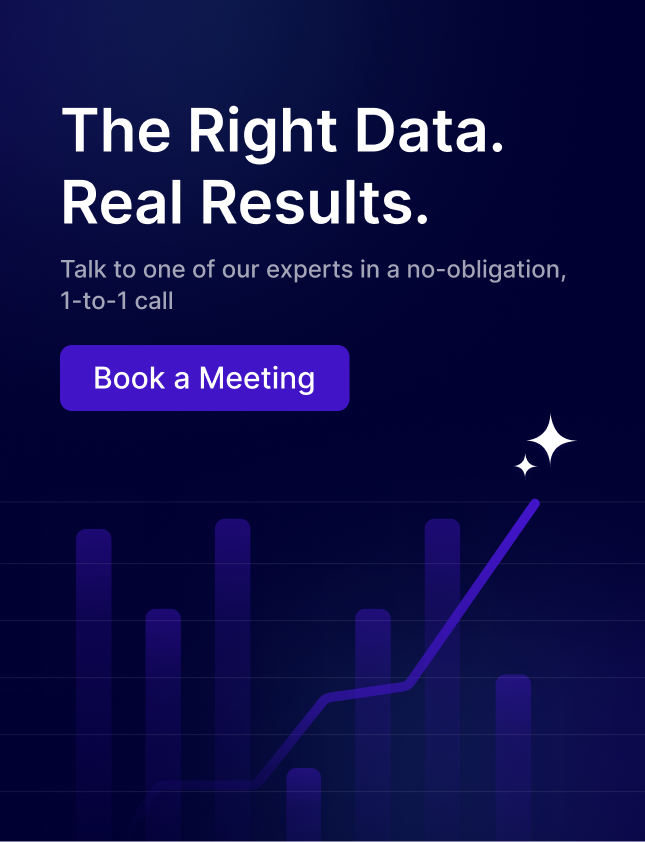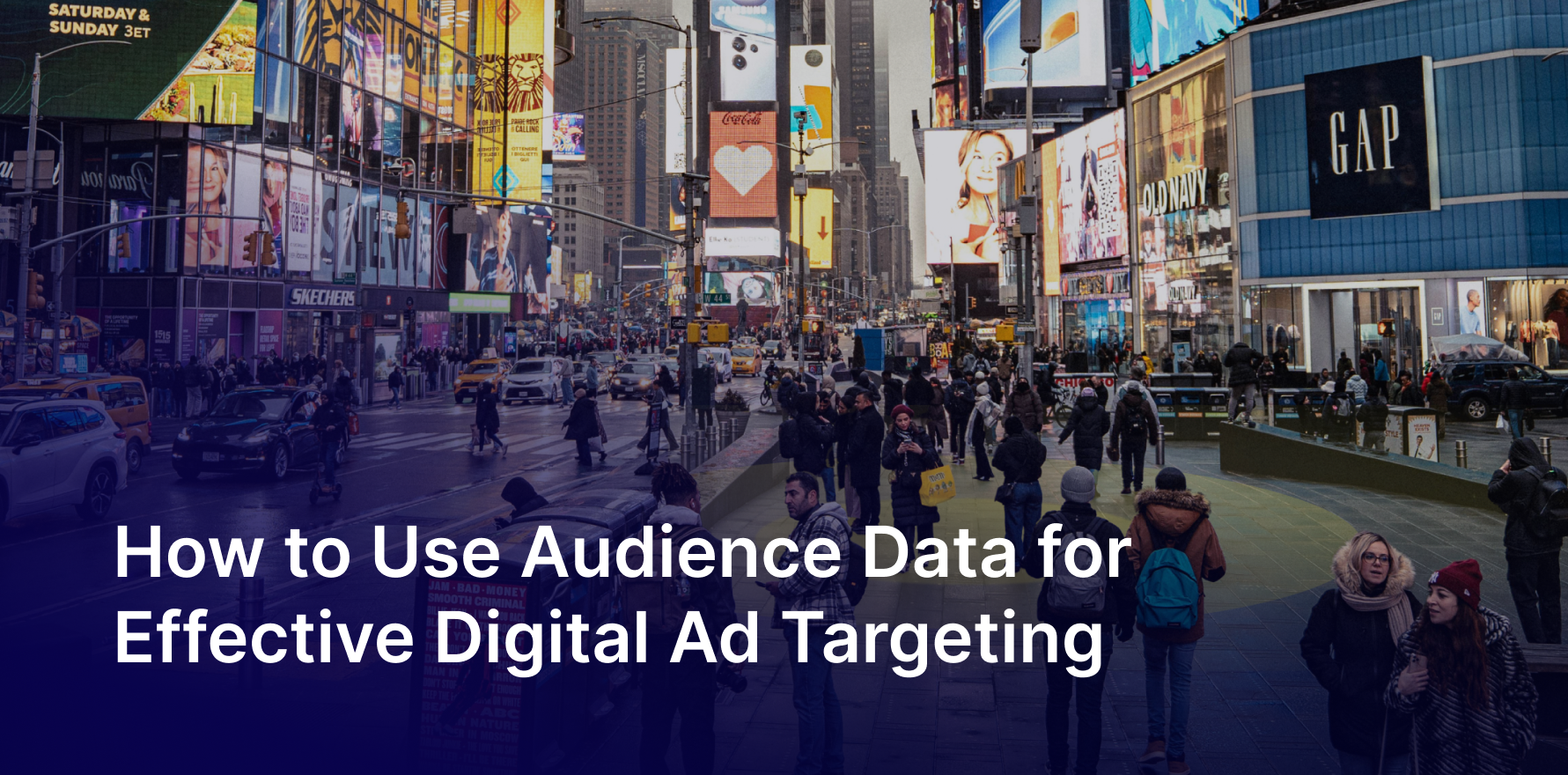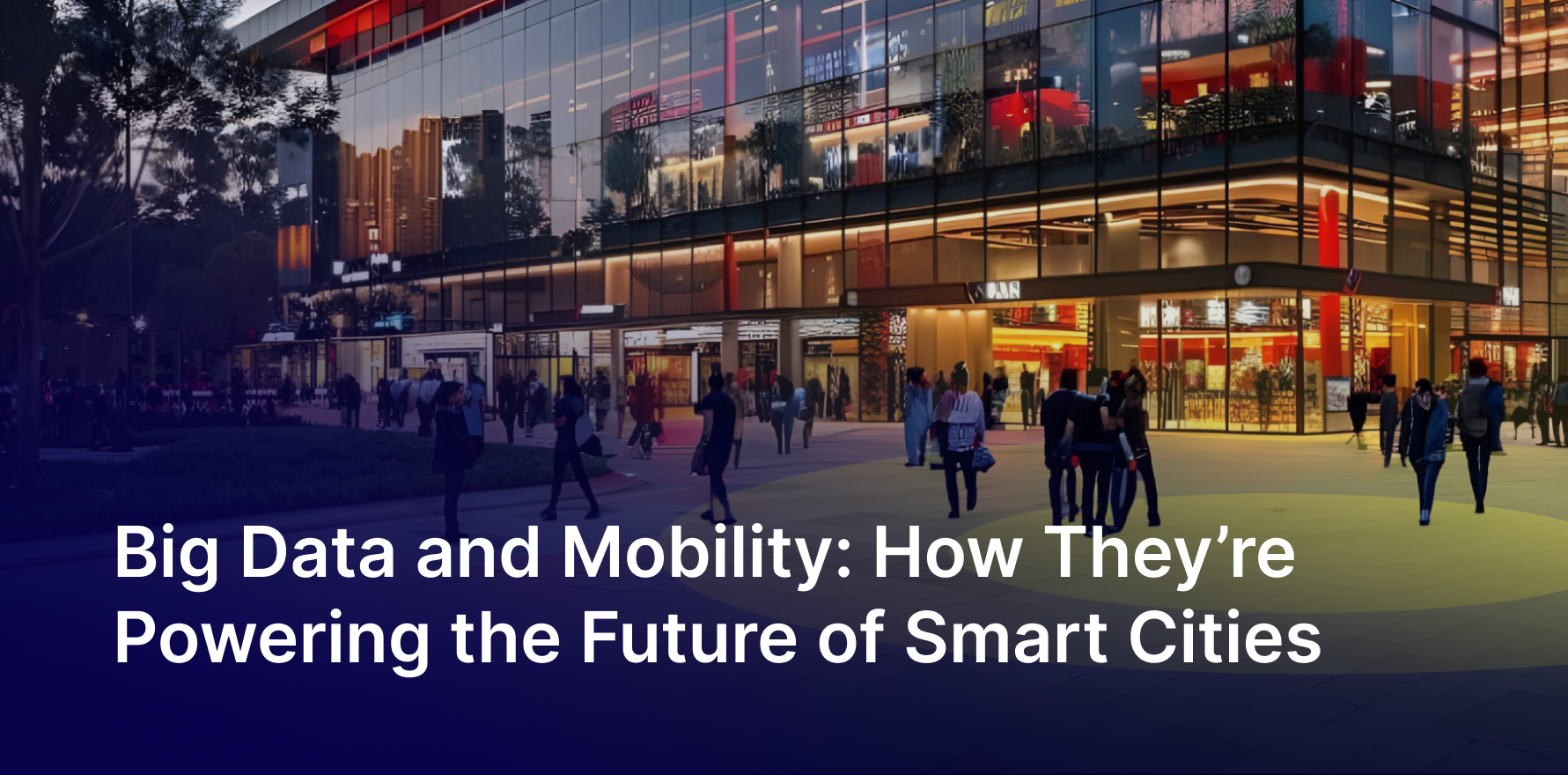Today, its possible for brands to watch a consumers journey from viewing an advert online to visiting in-store. Tom Gregory, ANZ Country Manager at offline attribution company Factori, talks through how the technology has evolved and argues it will eventually lead to a better experience for businesses and shoppers.
At Mumbrellas Automotive Marketing Summit Sydney, Tom will present a lunch and learn session at 1:10 pm entitled.
Whos Actually Visiting Dealerships? New Insights Derived From Mobile Device Data
To find out more, click this link, and read his thoughts below.
Sourced properly, mobile data gives us a representative sample of the Australian population
In Factor’s case, its opt-in, declared and permission-based SDK data from thousands of apps, all collected and processed in a privacy-compliant manner. Our platform matches an ad exposure to a panel of 14-16 million unique devices we see each month in Australia. Using the location data signals those mobile devices emit, we can then observe if they go into a store or dealership post ad exposure.
Store or dealership visits are a strong indicator of purchase intent.
Today, the industry wants to move beyond clicks as a measure of success. Most retail brands have modelled the exact value of a store visit knowing how much revenue one visitor contributes.
Using mobile data to track footfall is nothing new
Many publishers, including Google, offer store visit metrics with their advertising products. Most fast-food and auto brands take advantage of footfall measurement usually the media agencies theyre working with provide them with footfall reports from individual publishers. However, it can be difficult for brands to compare results like for like, because different publishers and ad platforms methodologies vary. So we have set out to solve this problem to provide consistent footfall metrics for campaigns run across multiple devices, channels and publishers in real-time on a single dashboard.
We were able to measure the effectiveness of four different digital strategies
In terms of driving footfall, in real-time for one of our automotive clients. Factori pixels were implemented across different publishers including car listings sites, a premium news site and an agency trading desk programmatic buy. The real-time nature of our platform allows agencies to optimise strategies and delivery to maximise footfall.
We can build intricate profiles of groups of devices
Including where they live at an SA1 level (the smallest unit for the release of census data); where else they frequent; what their real-world affinities are alongside demographic data; and what they’re doing/consuming on their device.
The most effective campaigns deliver the right message to the right person at the right time
In their purchase journey. Online and offline data points can help brands achieve this. Using footfall attribution data to measure and test whats working and what isnt will allow brands to refine creative and media strategies.
The more a brand knows about the customers who are visiting its bricks and mortar locations
The more they can customise that experience. We might be able to deduce a lot of customers of a fast-food brand are NRL fans, because they are attending games or using the NRL app. Brands are looking at more ways they can align their in-store experience with audience interests and affinities.
The future of attribution and measurement will be enhanced by the convergence of more data sets
Including first-party sales or transaction data. Measurement will evolve based on technical limitations think the challenges facing cookies as well as advancements in tech available to marketers think non-walled garden identity solutions that scale. The future is long-term, multi-touch, omnichannel attribution and being able to map consumer journeys online and offline more accurately from beginning to end.
This article was originally published on mumbrella.com.au
You may also like










